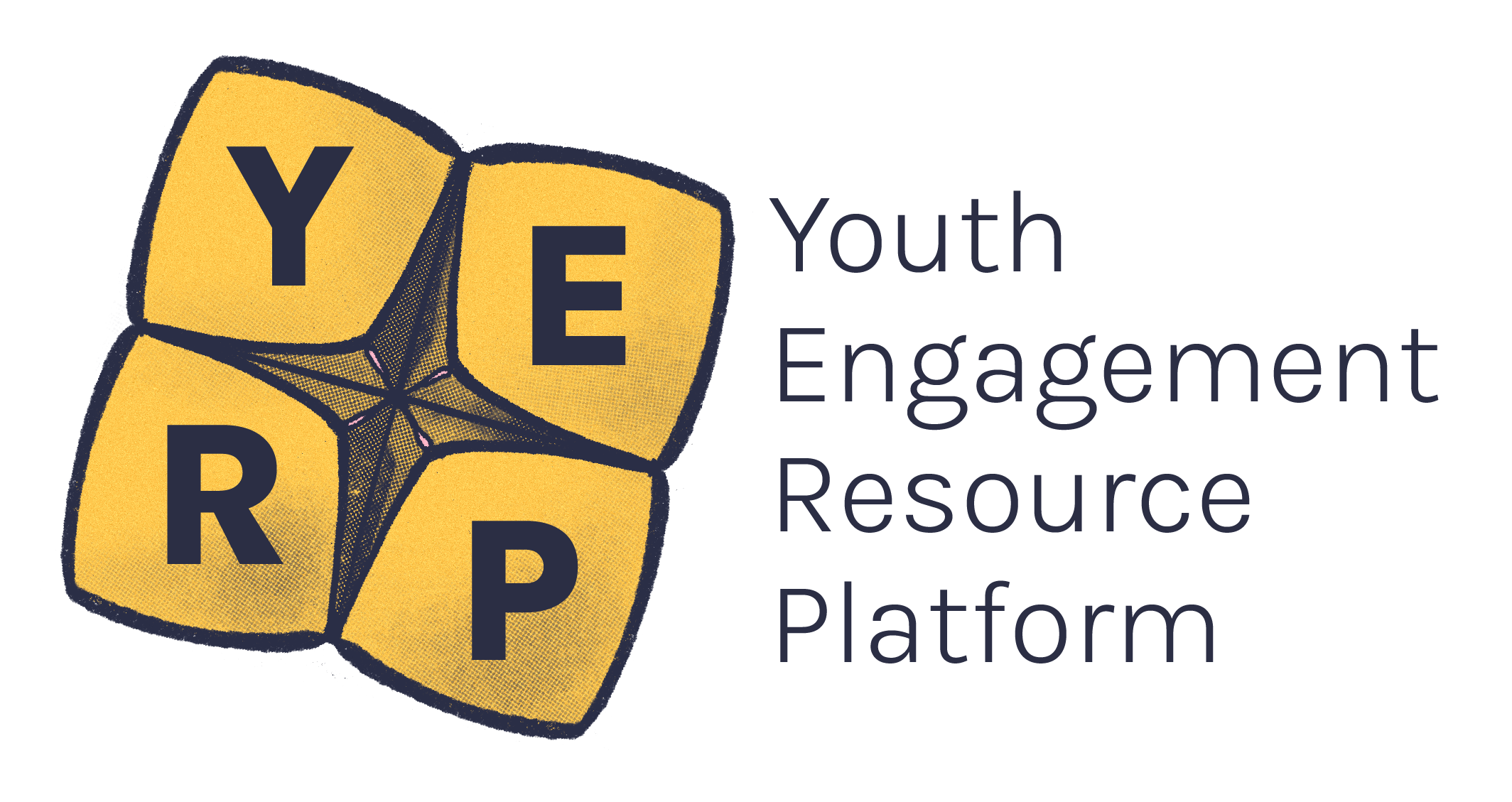Note: This is an excerpt from the article 'Acts of citizenship in bushfire recovery: Young people taking the lead on animal welfare projects for meaningful and tangible change' as part of the International Journal of Disaster Risk Reduction. Click to read the full article.
"Is there anything out there for young people to do? Are there even people my age in East Gippsland?” I asked, almost as if the world outside the rural valley in which I lived was a foreign land.
With a growing sense of anger and hopelessness on Australia's political inaction and integrity on our climate crisis, I reached out to the Red Cross and Bushfire Recovery Victoria, following the bushfires, anticipating a cure to alleviate the gaping hole fossil fuels had left in my hopes for a future.
Turbulent emotions forever ruling over my existence, I wanted to connect with other young people who share this uncertain future with me. I wondered if they too were mourning all that had happened over the short span of our lifetime; the mass extinction, plastic oceans, melting perma-frost, and now increasing yellowing skies from the world consuming bushfires and smog …. Were they too, anxious over what was yet to come? "Is there anything out there for young people to do? Are there even people my age in East Gippsland?” I asked, almost as if the world outside the rural valley in which I lived was a foreign land.
Directed to both YACVic and Mallacoota Youth Group Sanctuary, a social enterprise founded by the local young people as a result of the Black Summer Bushfires, I was able to connect, but perhaps not in the way I originally intended.
The pandemic hit and we had to meet online, via Zoom. Online meetings drove home just how isolated I was in the valley, populated by 12 people full time, 66% of them over the age of 50.
With no mobile coverage or internet in the valley, I found it particularly challenging to keep up to date with events. I had to drive 2 h to Mallacoota to use The Sanctuary's facilities, largely abandoned due to the statewide lockdown.
A ‘thriving’ township, significantly impacted by the bushfires, with a population of around one thousand, cafes at every corner, a pub and recreational clubs, mobile coverage and the world wide web at my fingertips. I still sat in a darkened room, alone.
To have such privileges and still be so deprived of the simple yet meaningful human connection and closeness of others was a tragic reminder of what we all needed and what really mattered. Community, solidarity and meaningful face to face interactions without a screen held up in-between.
When finally, ten months later, the restrictions eased and we Activators met in person for the first time face-to-face, I was instantly more invested in the whole experience and it was like I was meeting them for the first time.
When asked what we enjoyed most about the programme, each Activator, including myself, expressed their joy and enthusiasm at simply meeting new people from across the state in person. Young people who were just as concerned for the environment as I was. The projects being an added bonus to the whole experience.
The others hailed from locations across the state, Wangaratta and Beaconsfield, 6 h drive or Bairnsdale, 2 and half, with access to services such as libraries, public transport, music events, art galleries, pubs and clubs … I lamented on what hope dying fringe communities like my own, once built on logging, gold mining and dairy industries, had for meaningful social enterprises that focused on the regeneration of this precious land.
Meeting my social needs by relying on fossil fuels to get me to and from Mallacoota weighed heavily on my mind and challenged my sense of duty to the health of the planet which I sought to protect, preserve and regenerate.
Any conscious enterprise, whether it be social or not, should work hand in hand with the well-being of the planet. I don't think any initiative can be launched and be deemed sustainable without the careful consideration of our natural resources.
My project has evolved from a solo endeavour of simply planting trees in my community, to wanting to create an integrated land regeneration and communal living set-up. Bring people of all walks of life to the valley to live long term and create a sort of village to meet both my environmental and social needs.
Hosting informative workshops and services from plant propagation and tree planting parties to backyard blitz that retrofit suburban dwellings in my local bio-region for a more resilient and sustainable future. These services would create a lifeline to keep this social and environmentally conscious enterprise alive and thriving, a different flavour of the often destructive capitalism, if you will.
These services would create a lifeline to keep this social and environmentally conscious enterprise alive and thriving, a different flavour of the often destructive capitalism, if you will.
Fifty years ago 150 people lived in this valley, as one old-timer put it, “no one was ever left wanting”. Congregating at the community hall for regular shin-digs and desire for better living conditions. A desire for a ‘brighter’ future, kept everyone connected and better yet, working together.
Investing in support systems and programs would truly be something to strive for in all future initiatives. By empowering individuals to come together and create meaningful and tangible change in local communities we allow them to see the fruits of their labour flourish and experience the benefits of working together too...
Chris’ story shares her experience of frustration at inaction, and desire for connection and to take action. Her story is unique, as are the experiences of the other young Activators, but they are also shared and the collective experience of the young participants is presented under five key themes, (1) skills acquisition, (2) connections, (3) confidence, (4) flexibility, and (5) environmental focus.




